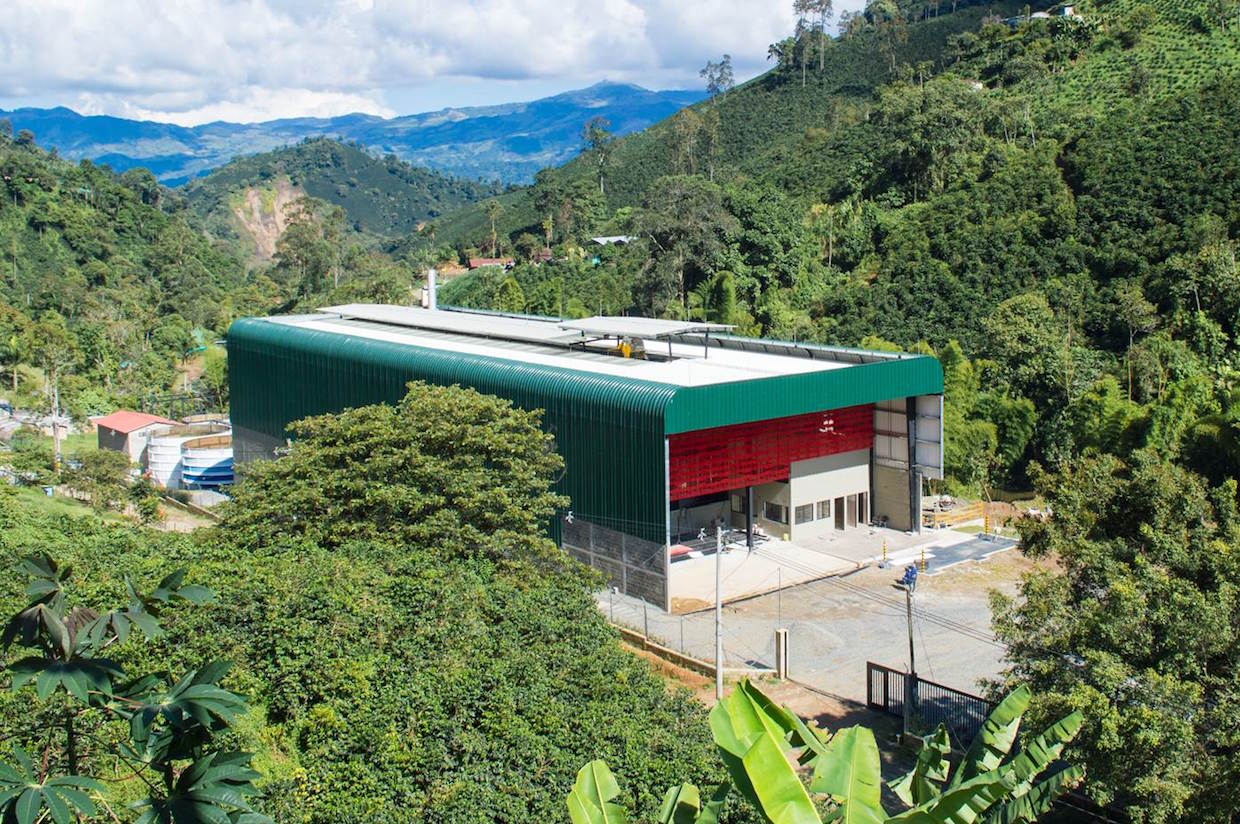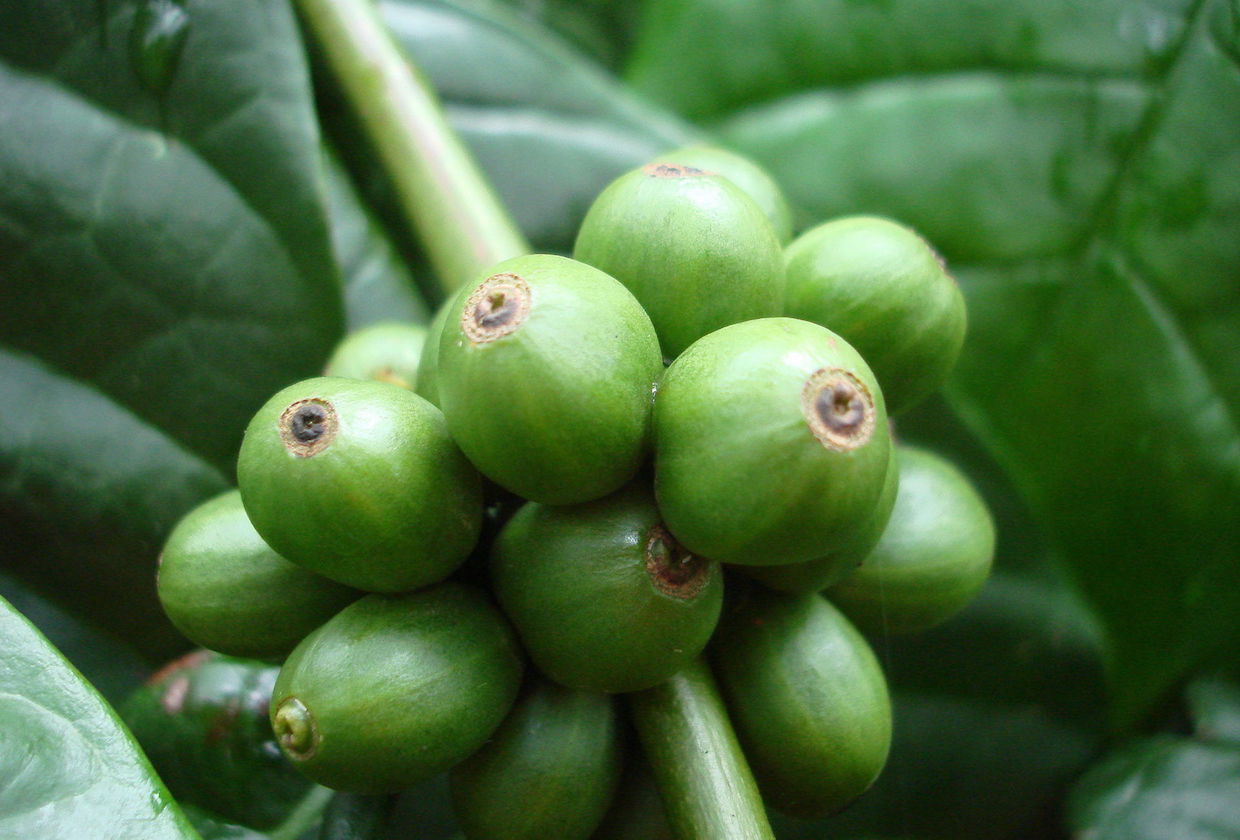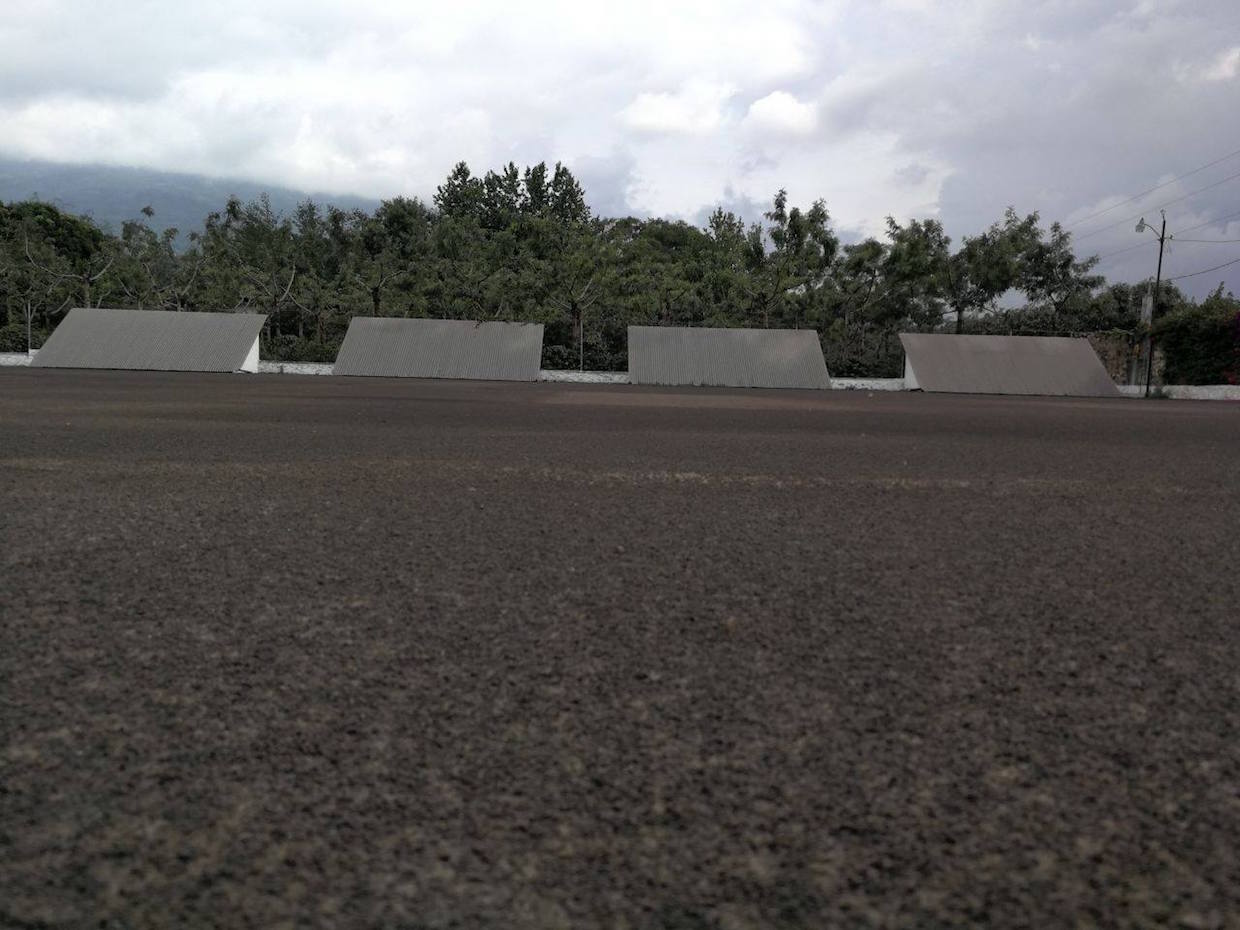
Thousands of people from Kaffa, Ethiopia, gathered in Bonga to protest following a controversial tourism sign at the airport in Jimma. Photo by Emily McIntyre.
If there is one category of coverage that is sorely lacking within these virtual pages of Daily Coffee News, it is with breaking news — hard news — from origin. Alas, until we have the budget to hire 200 stringers throughout the globe to scour the coffeelands, agricultural department chambers and port cities, then sorely lacking it shall remain.
From where we’re sitting, profile stories are much more attainable, and we’ll share our best from 2018 in the coming days. For now, we present some of the biggest news stories from origin in 2018.
By nature, news is not always good. This year saw: the massive Volcán de Fuego eruption in the coffeelands near Antigua, Guatemala; a highly political coffee protest in Kaffa, Ethiopia; and even Donald Trump made some coffee news this year through some reckless political maneuvering.
There was also plenty of good news, including: countrywide branding initiatives designed to lift entire sectors; major investments in cutting-edge wet mills with huge potential; and private sector investments to mitigate the potential for sector-wide volatility.
Here are eight of our biggest news stories from origin in 2018:
Costa Rica Agriculture Leaders Seek to Lift 30-Year Robusta Ban
The ban on robusta took effect in Costa Rica in 1988, as agriculture leaders encouraged coffee farmers to plant arabica for its greater market potential. Proposals to lift the robusta ban have been put forth at numerous times throughout the past decade, with the most serious challenge coming in 2016 before the The National Coffee Congress for Costa Rica elected to keep the ban intact.
Nespresso Invests Big in Zimbabwe Coffee Amid Agricultural Reforms
Nestlé-owned pod coffee giant Nespresso has announced plans to buy more than 95 percent of the “high-quality coffee production” from Zimbabwean smallholder farmers in 2018.

Peruvian President Martín Vizcarra attending the Cafés del Perú launch. Daily Coffee News photo by Mark Shimahara.
Peru Coffee Leaders Launch Sector-Wide Cafés del Perú Brand
The Peruvian trade commission launched the “Cafés del Perú” brand yesterday. The branding initiative was presented to international buyers, coffee producers, and even Peruvian President Martín Vizcarra at the Expo Amazónica trade fair in Pucullpa, Ucayali.
Trump Vows to Cut Foreign Aid to Three Major Coffee-Producing Countries
Of course, such a maneuver would fly in the face of the U.S. State Department’s own stance on foreign aid, which is designed in part to bolster economic stability and independence to prevent the root causes of migration.
Thousands Protest in Kaffa, Ethiopia, as Coffee’s Origin is Politicized
Kaffa, Ethiopia: The people here carry their identity close to the bone, pride pulsing with their blood — and never was this clearer than on the days of Nov. 7-11, 2018, when they staged peaceful protests in Bonga, the administrative center of the Kaffa zone.

The La Chaparrala wet mill in the municipality of Andes, in Antioquia. Photo courtesy of delosAndes Cooperativa.
delosAndes Opening $5.5 Million State-of-the-Art Wet Mill in Antioquia
Major Colombian coffee cooperative delosAndes Cooperativa is opening a wet mill and coffee processing center designed to maximize efficiency for surrounding farmers while representing the cutting edge in environmental friendliness in green coffee processing.
Anacafé Responds to Guatemala Coffeelands Volcano Eruption
Anacafé reports that coffee farming communities and municipalities throughout the Departments of Sacatepéquez and Chimaltenango have been most heavily affected by volcanic ash and debris. The group estimates that between 3,440 to 4,055 Guatemalan manzanas (approximately 2,400 to 2,861 hectares) of coffee-planted lands have been covered in ash.
What Nestlé’s $154 Coffee Mill in Mexico Might Mean for Mexican Coffee
With the potential to process some 20,000 tons of green coffee per year while directly employing approximately 1,200 people, the facility could have lasting impacts throughout the region’s coffee sector. Whether those impacts are generally positive remains to be seen.








Comment